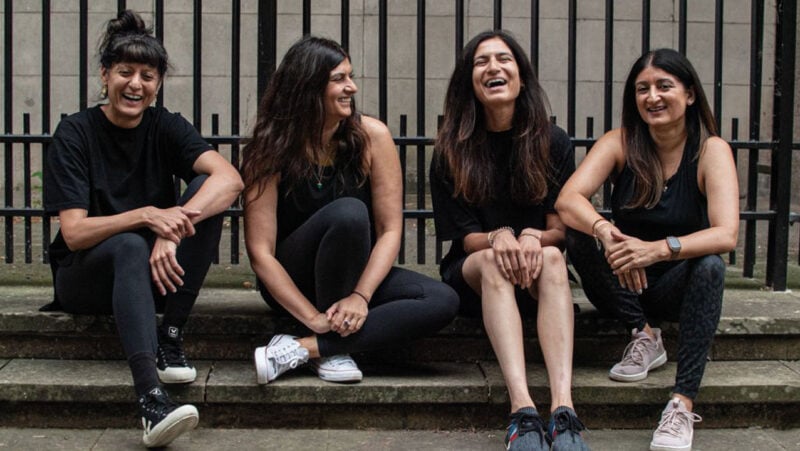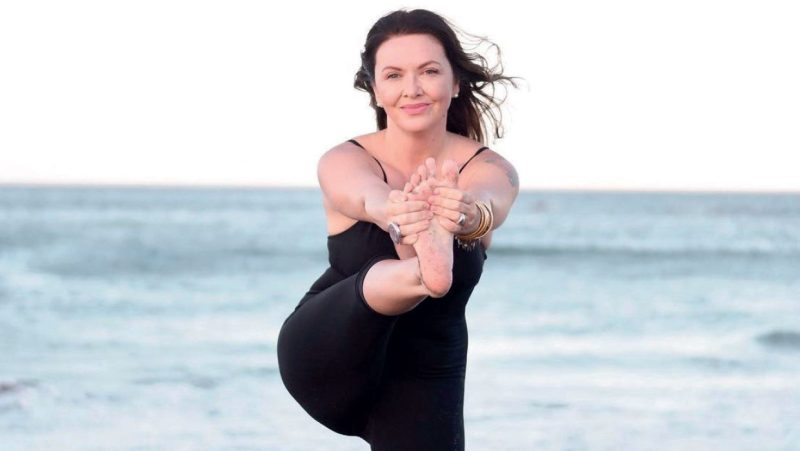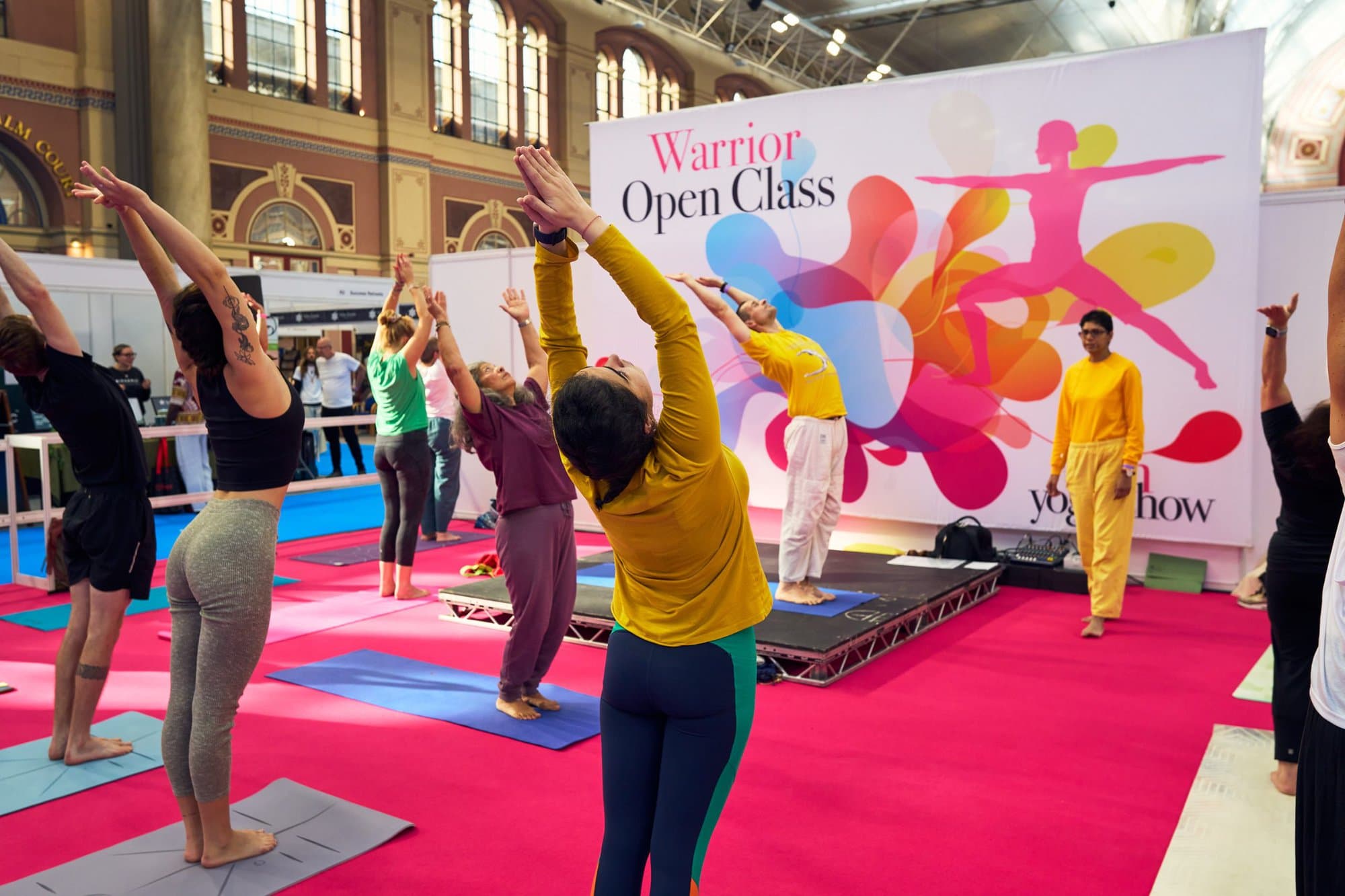
Hyperextension and yoga: why strength is key
When it comes to hyperextension, sometimes it’s better to sacrifice those extra few inches of stretching for a more consistent, regular, safe practice. By Emma West
I started going to yoga classes about four years ago and instantly fell head over heels in love with it. I had never been strong or fast or sporty but going to yoga taught me that I am very flexible, and I loved the feeling of stretching. I thought I was pretty good at yoga because I could bend my body into all these new shapes and get my head to touch the floor, or sit comfortably in the splits, so I decided I would complete a yoga teacher training course. (Yes, I know now that being bendy does not necessarily make a good yogi, but at the time my ego led the way, and I was perfectly happy in my naive, bendy state).
It wasn’t until I started my yoga teacher training that I was informed that I was a big-time hyper extender, and that this is not a good thing. Up until that point, about two years into my yoga journey, I had never even heard of hyperextension.
So, what is hyperextension?
Hyperextension is the excessive movement of a joint, so the angle of the bones of the joint extends further than the normal, healthy range. It can be caused by loose ligaments, sometimes, but not always, due to a condition called hypermobility. It can also be made worse over time with poor alignment and posture: it becomes habitual and as a ligament is stretched repeatedly, it can lose its elasticity and the joint will extend even further.
Why is hyperextension a problem?
Hyperextension can lead to injury. As a big hyper extender, I have struggled with many niggly little injuries caused by the stress put on various parts of my body because of hyper extending. I spent an entire summer unable to go into downward facing dog because I had overstretched my achilles tendon. I get pains in my wrists and had to stop handstand drills because I hyper extend my elbows and this causes extra strain on my (already weak) wrists. It is so easy to tweak, pull, overstretch, or even tear something when stretching to end range of motion.
Which asanas are the worst offenders for hyperextension?
In yoga, hyperextension is most commonly a problem for elbows and knees but can occur in other joints. Any shape that requires full extension of a joint with weight bearing can cause problems, especially if repeated over time. This is why it is so important to listen to alignment cues, but also to be aware if you are a hyper extender so that you can correct the problem yourself.
Trikonasana (triangle), Ardha chandrasana (half-moon) and Virabhadrasana III (warrior 3), for example, are particularly easy to hyperextend the knee in. These shapes all require a straight leg which has weight bearing down on them, so if you hyper extend at the knee in these asanas, the weight will effectively encourage further hyperextension. If you notice that you fully lock out your knee in these shapes, try putting a micro bend in your knee and rest your supporting hand on a block rather than on your leg. This will take the pressure out of the joint and build strength in the muscles around the joint. If the muscles around the joint are stronger, they will take the strain out of the ligaments and provide support, therefore reducing the chances of injury.
Adho mukha svanasana (downward facing dog), Phalakasana (plank) and Bharmanasana (table top) are an open invitation for elbow hyper extension if you are not careful. Again, these shapes require straight arms with weight bearing and it is really easy to lock out your arms and dump into the joints. If you feel like this is you, try unlocking your elbows and turn your elbow creases slightly towards each other. You will instantly feel the arm muscles switch on and everything has to work much harder. Suddenly, downward facing dog does not feel like a rest pose! But the good news is that if practiced often enough, it will become muscle memory and will get easier.
Here are some other tips for Hyperextension and yoga:
There are things that can be done to help prevent injuries caused by hyperextension.
The first is awareness. If you are aware that there is a problem, you can take the steps necessary to fix it. I was practicing yoga for years before I was aware that I hyperextend. If you are a yoga teacher and you spot a hyper extender, please don’t just assume that they know. I had a conversation with one of my yoga teachers about this and she thought I was aware of it, but I had been completely clueless even though she had offered alignment cues.
The second thing I would suggest is to work on building strength. If the muscles around the joint can provide support, it will take some of the strain off the poor, overworked ligaments. This is vital for minimising risk of injury.
Thirdly, learn good habits. Micro bend that knee, don’t be afraid to use props and stop dumping into the joint (even if it feels good, know that it is not good for you).
Lastly, listen to your body! Don’t push to the absolute end range limit as this is where you are more likely to cause injury. As lovely as it feels stretching as deep or as far as you can go, remember that if you get injured it could be months of no practice at all. Sacrifice those extra few inches of stretching for a more consistent, regular, safe practice.








